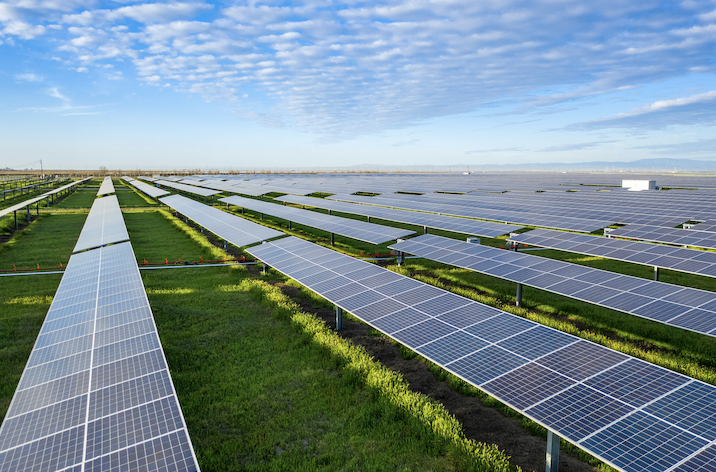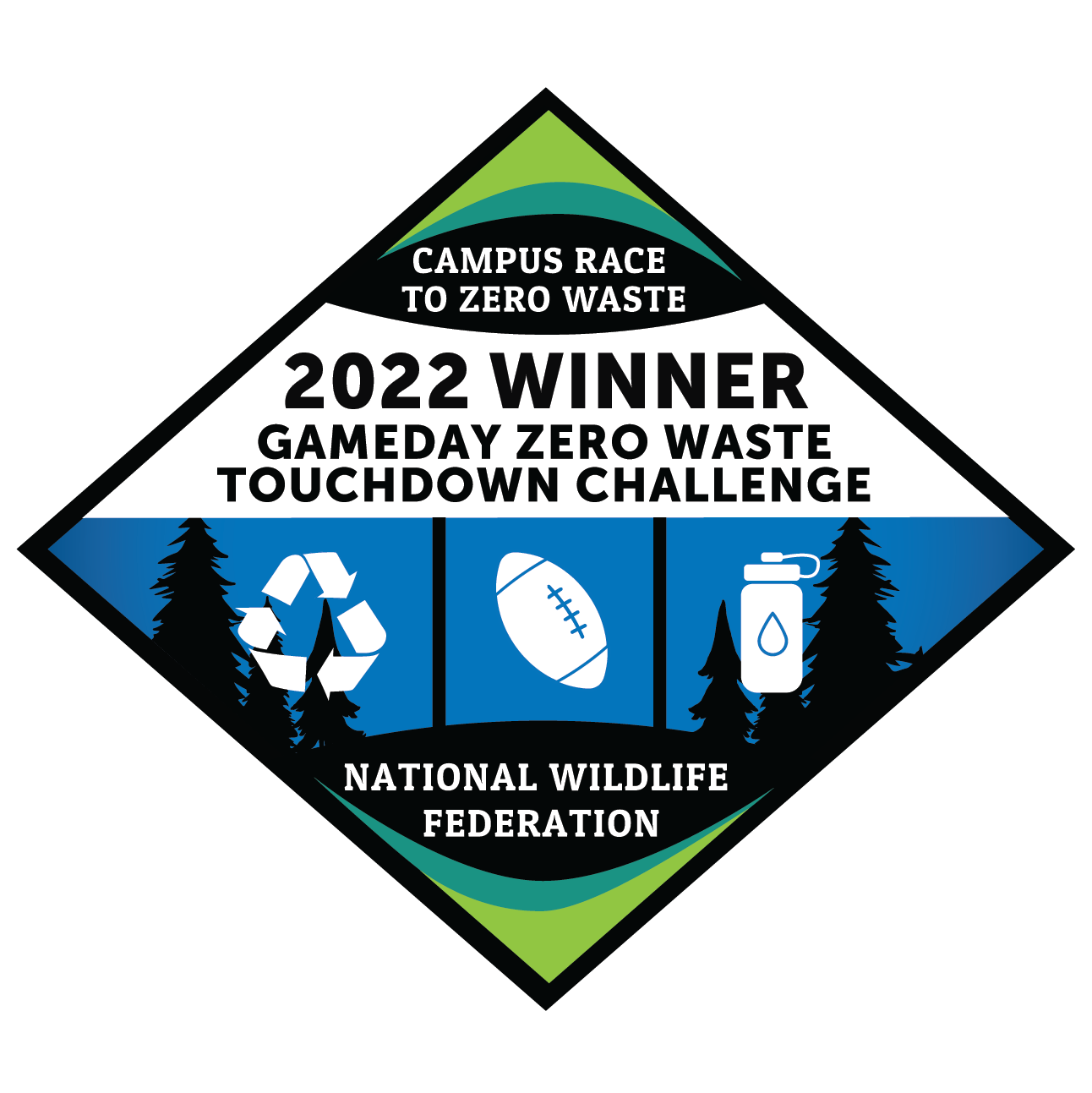Pac-12 Sustainability Conference
2023 Venue - Stanford University
Stanford University has a long legacy of reducing environmental impact, preserving resources, and leading sustainability by example across three pillars - environment, economy, and equity. The university has committed to net zero carbon emissions by 2050 across scopes 1, 2 and 3, as well as Zero Waste by 2030. With two solar generating stations on the California grid and 5 megawatts of rooftop solar, Stanford University reached a 100% renewable electricity milestone in March 2022. Also in 2022, the institution received a STARS platinum rating from the Association for the Advancement of Sustainability in Higher Education.


100% Renewable Electricity Milestone
Last year in March 2022, Stanford University reached a major milestone as it transitioned to 100% renewable electricity, which means our solar power is generating the equivalent amount (or greater) of Stanford’s annual electricity consumption and adding it to California’s electrical grid. This is a big step towards meeting the university's stated goal of reducing Scope 1 and 2 emissions by 80% by 2025 compared to a 2011 baseline, and was achieved in part by Stanford’s second solar plant that went online last year. The solar plant includes a 50-megawatt battery energy storage system with 200 MWh of power storage capacity.
The renewable milestone was propelled by the Stanford Energy System Innovations (SESI) program that was launched in 2015 and enables the transition of the campus energy supply from a fossil fuel system to an electrically powered heating and cooling system. Stanford’s innovative Central Energy Facility (CEF) plays a key role in SESI and includes three large water tanks for thermal energy storage, a high-voltage substation that receives electricity from the grid, and an innovative heat recovery system that takes advantage of Stanford’s overlap in heating and cooling needs. Unlike the previous fossil-fuel-fired combined heat and power plant, the CEF is powered completely by electricity.

Hitting Zero Waste Scores Out of the Park
Stanford has an ambitious target to reach Zero Waste by 2030, diverting 90% of waste from landfills and improving our waste diversion from 65% in 2021. The Department of Athletics, Physical Education, & Recreation (DAPER) buildings are leading the way in Stanford’s new zero waste building system transition, with all DAPER offices, kitchens, and restrooms converted to the new system.
Stanford has also won the Per Capita Category for Large Campus in the Campus Race to Zero Waste competition (formerly known as RecycleMania) and plans to defend its title after the 2023 competition ends in March. Additionally, Stanford University is the top ranking campus for the recycling per capita category for the 2022 GameDay Football Zero Waste Touchdown Challenge.
The annual PAC-12 zero waste competitions are a great opportunity for campuses to compete with each other in pursuit of Zero Waste, and Stanford currently hosts at least two Green Games a year (one football game and one or two basketball games) where teams, staff, and fans all contribute to the goal of waste diversion. In 2020, these Green Game Days resulted in an 8-24% increase in waste diversion rates from the prior year, thanks to increased composting infrastructure, food donation programs, student participation, and fan outreach and engagement. These efforts also resulted in a nearly 9% overall increase in waste diversion at the stadium, including an almost 12% increase in the tailgating areas.
Stanford Water Conservation Practices
Stanford has a long history of efficient water management practices. Since the university’s water conservation program began in 2001, it has reduced total campus potable water use by 48%. All major campus water customers have achieved significant reductions in water consumption compared to the previous pre-drought baseline of 2013. Future water planning efforts continue through the active development of a Sustainable Water Management Plan.
-
Copyright © 2023 • Event by Social Enterprises, Inc.
Contact: info@pac-12sustainabilityconference.com